Skip to Content
Sxsw
SXSW- Friday March 8
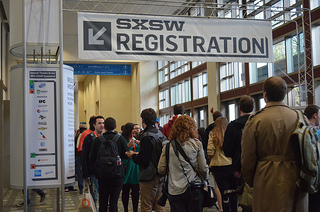
SXSW- Friday March 8
Blog
March 9, 2013
Vote for my panel at SXSW Interactive!

Vote for my panel at SXSW Interactive!
Blog
August 13, 2012
SXSWi Tuesday
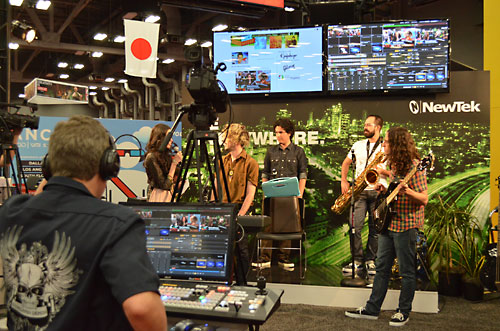
SXSWi Tuesday
Blog
March 18, 2012
SXSWi Monday
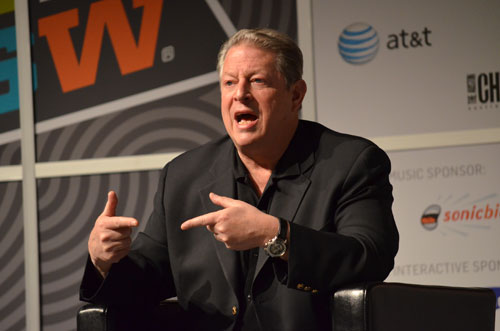
SXSWi Monday
Blog
March 17, 2012
SXSWi Sunday
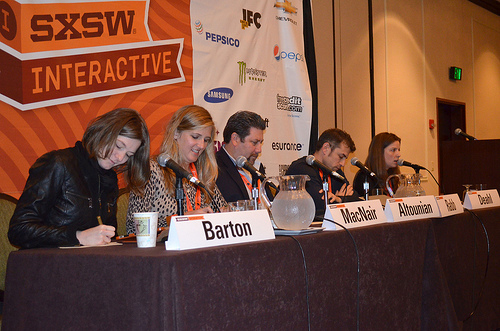
SXSWi Sunday
Blog
March 17, 2012
SXSWi Saturday
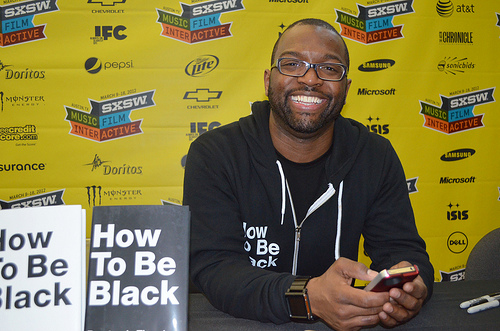
SXSWi Saturday
Blog
March 17, 2012
SXSWi Thursday and Friday
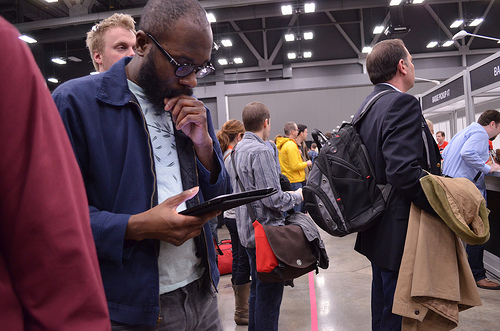
SXSWi Thursday and Friday
Blog
March 17, 2012
SXSW: Day Three

SXSW: Day Three
Blog
March 13, 2011
SXSW: Day Two

SXSW: Day Two
Blog
March 12, 2011
SXSW: Day One

SXSW: Day One
Blog
March 11, 2011
SXSW Countdown

SXSW Countdown
Blog
March 10, 2011